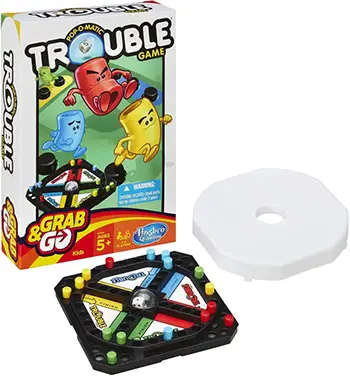

So the question is, are artists upping production to take advantage of the fact that individual song streams now contribute to chart placement? It’s fairly simple arithmetic: the more songs to stream, the higher an album charts, hence the heft. New rules mean that individual singles all count towards the chart progress of an album. “To just look at album sales and say this is how we measure success is really leaving out that half of the business is coming from streams and song sales.” “Album sales have become a smaller and smaller part of the industry,” said Nielsen senior analyst David Bakula at the time of the changes. It was the biggest upheaval in the way that information is collected since 1991, when hard sales data replaced the risible surveying of a limited number of record outlets up and down the country. So what’s going on here? Have superstars suddenly got clingy and started baring their souls and over-sharing with us, the aural equivalent of hanging onto our leg with both arms as we attempt to walk away? Or could there be another reason a pop protagonist might pass off a boring, bloated mess as their highly-anticipated new release? For the real culprit, we need look no further than chart compilers Billboard, in cahoots with industry bodies Nielsen SoundScan and the RIAA – although encouraging artists to dispense with all quality control looks to be an inadvertent side effect.Īt the end of 2014, Billboard changed the rules that govern the charts to reflect the way we’re now listening to music. “The new chart rules meant there was never any doubt that Drake’s weakest album to date would go platinum”
#New trouble game rules full#
And at the risk of being hounded off Twitter by a mob of angry Directioners, Zayn Malik’s March debut album Mind Of Mine probably didn’t strictly need to be the hour-long odyssey it was, spanning 18 R&B ditties full of Frank Ocean haze, bad attitude and disturbing upper and lower case randomness (see: ‘lUcOzAdE’). James Blake has got in on the act too, with The Colour In Everything dismissed as “unreasonably long: a little over an hour and a quarter” by the eminently reasonable New York Times. And Kanye West’s The Life Of Pablo? At an hour in length and featuring 19 tracks, it wasn’t even entirely finished when it first appeared on Tidal in February. Our very own Chris Kelly deemed it “an unfocused, overlong slog of an album.” Ditto A$AP Ferg’s Always Strive and Prosper, also 18 tracks with the deluxe edition lasting nearly an hour. A$AP Rocky’s At.$AP sure does last long, with 18 tracks over 66 minutes. Aubrey man, has nobody ever told you it’s not the size, it’s what you do with it?ĭrake is far from the only offender, though he’s probably the easiest to take the piss out of. There will always be cynics calling for Drake to shut his mouth a few bars into the opening track, but even a superfan must feel a sense of relief when ‘Hotline Bling’ – bolted onto the end – strikes up nearly an hour and a half later. Views spans “an obnoxious 82 minutes”, as one reviewer pointed out, stretching to 20 tracks of auto-tuned naval gazing with little in the way of tempo variation. For every lean Rihanna and Radiohead blockbuster release clocking in at 13 and 11 tracks long respectively, there’ve been two or three more big albums that drag on for an hour and then some. Less is more, right? Not according to the showbiz glitterati who’ve dominated the music landscape so far in 2016. Are artists getting more ambitious, or is there a cynical reason behind the bloat? Jeremy Allen unpicks America’s nonsensical new streaming rules that suggest it’s the latter. From Drake and Zayn to Kanye and James Blake, 2016 has been littered with albums marred by ridiculous run-times, each spanning over 17 tracks.


 0 kommentar(er)
0 kommentar(er)
